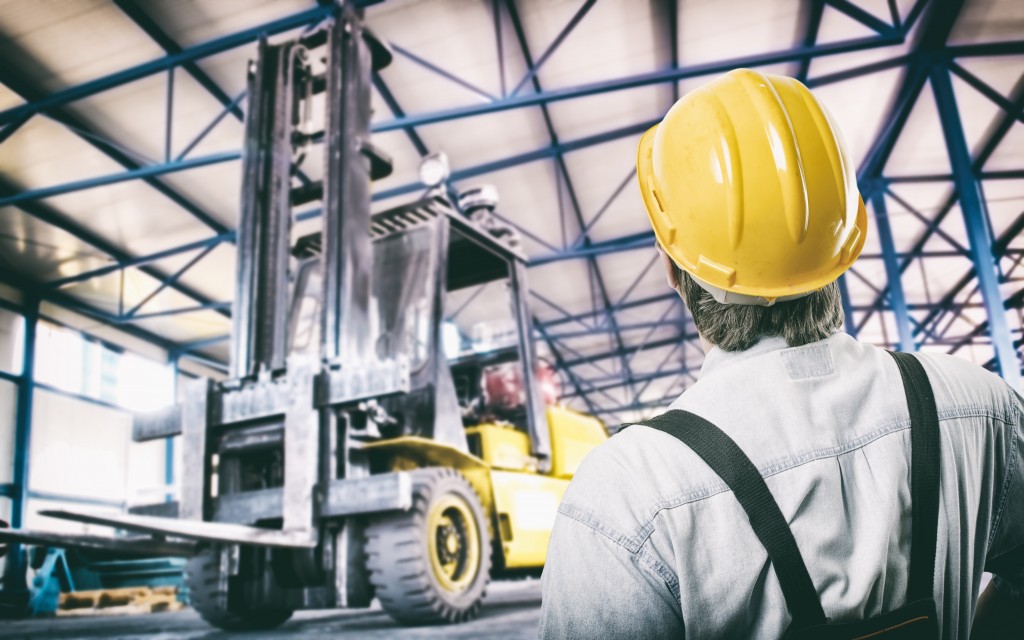Disclaimer: This website provides health information for educational purposes only and is not a substitute for professional medical advice, diagnosis, or treatment. Always seek the guidance of a qualified healthcare provider with any questions you may have.
Safety is a never-ending commitment. This is especially true for high-risk work environments like factories. While many things come into play when assessing risks and hazards, the responsibility for safety always falls on the hands of the owners. Starting a culture of safety and working on improving it must always begin at the top, after all.
It’s normal to find yourself struggling with this enormous task. Before venturing into new strategies, it’s best to work your way up by improving the basics first.
It Takes a Team
Everybody’s actions affect the entire workforce. Training, then, should become a part of your work culture.
Informing and implementing need to start with those in higher positions. It’s through them that it will trickle down from the industrial electrician to the production workers.
Your training programs must continually educate every department about their contribution to the safety of the entire factory. This covers the basics like equipment handling protocols to the more complex issues like the effects of environmental factors on structural integrity and road safety. This is crucial in places like Colorado that experiences four seasons.
With all minds and bodies on-board toward a safer workplace, it’s easier to tell which strategies work and what might need adjusting.
It Takes Consistency
It’s not an option. Safety education must be a continual effort in your factory. Expect people to either forget or to become complacent without your help. Your collective effort falls flat if it can’t sustain your decreased work hazards in the long haul. It takes consistency from everyone to make a lasting impact on the safety of your workplace.
One of the easiest ways to manage this is to invest in your leadership team. Train and communicate with them regularly to know the status of their departments.
This allows them to brainstorm and support one another. The strategy that works for production workers might not apply to your engineers. They need insights and skills to create plans that apply to their daily work.
It’s by delegating this task to them that you’re able to track their consistency better.
It Takes Urgency
With a plan in place to monitor your workforce, you’ll have the resources to take corrective actions where needed. Knowing is just the beginning, though. You need to plan and implement corrective action with a sense of urgency.
Regular safety audits help, but the time in-between matters, too. Remember that any delay can lead to hazards, both big and small. Your workforce must be transparent in anything that affects their safety. This means allowing them to come forward with concerns about your equipment and procedures. If they feel the need to review protocols or make suggestions, give them the avenue to do so. The same applies to you and your leadership team. There must be no concern too trivial to act on immediately.
Sustaining the Momentum
Many things can amplify the challenge of creating a safer work environment. You have to consider your establishment, equipment, procedures, and finances.
Carry out improvements one step at a time and at a pace that won’t overwhelm your workforce. “Slowly but surely” sounds cliché, but there’s plenty of advantages to it.





